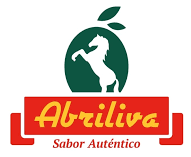Simple Path Wealth – Easy Steps for Beginners

Open a high-yield savings account this week and set up an automatic transfer for 10% of your next paycheck. This single action separates your spending money from your savings immediately, removing the temptation to skip a deposit. Aim for an account with an APY above 4%, as this significantly outpaces the average traditional savings account and helps your cash resist inflation.
Once your savings habit is automatic, direct your attention to any high-interest debt, particularly credit cards. Allocate any extra funds each month to the balance with the highest APR first, while maintaining minimum payments on others. This «avalanche method» reduces the total interest paid faster than any other approach, freeing up more of your income for building wealth instead of servicing past purchases.
With a protected savings buffer and reduced debt payments, you can now begin investing. Your most powerful tool is a low-cost S&P 500 index fund, which provides instant ownership in 500 of America’s largest companies. Consistently contributing a fixed amount, a strategy called dollar-cost averaging, smooths out market volatility and builds a substantial position over years. Historical data shows the S&P 500 has delivered an average annual return of approximately 10% before inflation.
Finally, if your employer offers a 401(k) match, contribute at least enough to capture the full match; it is an immediate 100% return on your investment. This is the easiest money you will ever make. Treat this retirement account as separate from your other investments and increase your contribution percentage by 1% every year or with every raise.
Simple Path to Wealth: Easy Beginner Steps to Build Wealth
Open a high-yield savings account and automatically transfer 10-15% of every paycheck into it. This separates your spending money from your future capital before you have a chance to use it.
List every debt you owe, noting the interest rate and minimum payment. Focus any extra money on the debt with the highest interest rate while maintaining minimum payments on the others. This method saves the most on interest over time.
Contribute enough to your employer’s 401(k) plan to get the full company match; it’s an immediate 100% return on your investment. If a 401(k) isn’t available, open a Roth IRA and aim to contribute at least $100-$200 monthly.
Invest your retirement contributions in a low-cost, broad-market index fund like a S&P 500 ETF (ticker: VOO or SPY) or a total stock market fund. These funds provide instant diversification and have historically averaged around a 10% annual return.
Increase your savings rate by 1% every year or whenever you get a raise. This builds your wealth without reducing your current take-home pay. Tools on the official site can help automate and track this progress.
Keep your investment strategy simple and consistent. Avoid checking your portfolio daily and resist the urge to sell investments during market downturns; staying invested is key to long-term growth.
How to Start Investing with Your First $100
Open a brokerage account with a platform that has no account minimums and offers fractional shares, such as Fidelity, Charles Schwab, or M1 Finance. This allows you to buy portions of expensive stocks with your small initial amount.
Choose Your First Investment
Purchase a low-cost, broad-market ETF (Exchange-Traded Fund). A single share of VTI (Vanguard Total Stock Market ETF) provides instant ownership in thousands of U.S. companies. Since many brokers support fractional shares, you can invest your entire $100 into it immediately.
Set up automatic transfers from your bank account to your brokerage. Direct $25 from each paycheck into your investment account. Consistent contributions build your portfolio regardless of market fluctuations.
Reinvest Your Earnings Automatically
Enable dividend reinvestment (DRIP) for your ETF. This function automatically uses any dividends you earn to buy more shares, compounding your growth without any extra effort on your part.
Focus on learning, not timing the market. Use your broker’s educational resources to understand basic terms like expense ratios (aim for ETFs under 0.10%) and dollar-cost averaging. Your primary goal is building a habit of regular investing.
Setting Up Your Automatic Savings Plan This Week
Open a new savings account at your current bank this afternoon. A separate account prevents you from accidentally spending the money. Name it something motivating like «Future Fund» or «House Down Payment» to keep your goal visible.
Log into your online banking portal and locate the «Transfers» section. Schedule a recurring transfer from your checking to your new savings account. Set this transfer to occur one day after your regular paycheck is deposited. This timing ensures the money moves before you have a chance to spend it.
Determine Your Starting Amount
Begin with a small, manageable sum. If money is tight, start with $25 or $50 per paycheck. The objective is to build the habit, not the total, right away. You can increase this amount by 10% every three months as you adjust your budget.
Use the 50/30/20 rule as a guideline: aim to allocate 20% of your income to savings. If that seems too high, don’t worry. Even 5% is a powerful start. The key is automation, which makes saving consistent and effortless.
Explore Micro-Saving Tools
Connect a micro-investing app to your debit card. These apps round up your everyday purchases to the nearest dollar and invest or save the spare change. A daily coffee costing $3.75 automatically saves $0.25. These small amounts accumulate significantly over a year without any noticeable impact on your spending.
Review your automatic plan in 90 days. Check your savings account balance and assess your comfort with the transfer amount. If you haven’t noticed the missing funds, consider increasing your automatic contribution by another 5%. This gradual approach builds wealth steadily.
FAQ:
What is the absolute first step I should take to start building wealth?
The most critical first step is to track your income and expenses. Before you can save or invest, you need a clear picture of where your money is going. For one month, write down every single expense, no matter how small. This isn’t about judgment, it’s about awareness. You’ll quickly identify spending patterns and areas where you can easily cut back, like recurring subscriptions you don’t use or frequent takeout. This creates the surplus cash needed for the next steps: building an emergency fund and beginning to invest.
How much money do I actually need to start investing?
You need far less than you think. Many people are delayed by the misconception that you need thousands of dollars. The truth is, you can begin with the cost of a restaurant meal. Most major online brokerages and investment apps have removed the barrier of minimum account balances and allow you to purchase fractional shares. This means you can buy a piece of a company’s stock or a share of an index fund ETF for as little as $10 or $20. The key is not the amount, but the habit of consistently investing a small portion of your income, which builds over time through compound growth.
Is paying off debt more important than saving for the future?
This requires a balanced approach. High-interest debt, especially from credit cards, can grow faster than investment returns. Your priority should be to tackle this aggressively while maintaining a small safety net. Follow this strategy: First, save a starter emergency fund of $500-$1000 to avoid new debt from unexpected costs. Then, focus all extra money on paying off high-interest debts. Once those are cleared, you can shift focus to building a larger emergency fund (3-6 months of expenses) while simultaneously beginning to invest for the long term. For low-interest debt like some student loans, you might make minimum payments while also investing.
What is a simple, low-risk investment for a complete beginner?
A low-cost, broad-market index fund or ETF is widely considered an ideal starting point. Instead of trying to pick individual company stocks (which is risky), an index fund like one that tracks the S&P 500 allows you to own a small piece of hundreds of top companies all at once. This provides instant diversification, reducing your risk. These funds are passive, meaning they have low fees, and they have a long history of growth over time. You can set up automatic contributions, making the process effortless and removing the emotion from investing.
Reviews
Michael
Given the systemic advantages favoring entrenched capital, how exactly do your «simple steps» circumvent the structural barriers a novice actually faces, beyond mere platitudes about discipline?
StellarEcho
Your «simple path» is a fantasy if you’re still trading hours for dollars. That cozy latte you mindlessly buy? It’s not the problem. The problem is your belief that small savings will magically compound into freedom. Real wealth isn’t found in skipping coffee; it’s built by acquiring assets that pay while you sleep. Stop consuming and start creating. What skill did you learn today that someone will pay you for tomorrow? Your comfort is the barrier. Break it.
Mia
Another empty promise of simplicity. My savings are mocking me from a shoebox. “Easy steps” feel like a recipe for a cake I can’t afford the ingredients for. Just more noise. Just more things I’m apparently doing wrong while trying to breathe.
EmberSky
Honestly, this feels a bit like being told to just buy a latte less often. The real barrier isn’t knowledge; it’s the mental energy to track every penny after a ten-hour shift. Most of us already know we should automate savings. The unspoken truth is that building a safety net feels impossible when your paycheck is already spoken for by student loans and rent. It’s not about simple steps, it’s about having any leftover income to even work with.
Isabella
Oh honey, this is just the sweetest little read for someone just starting out. It’s so nice to see things broken down into such tiny, manageable pieces that don’t feel scary at all. I remember feeling so overwhelmed by all the big, fancy words people use, but this just feels like a warm cup of tea and a friendly chat. It’s lovely to be reminded that you don’t need to be a genius to do something good for your future self. Just taking one small step at a time is such a gentle way to build a happier tomorrow.
PhoenixRider
This is exactly the kind of straightforward stuff I needed to see. It’s refreshing to have a plan that doesn’t make my head spin with complicated terms. The part about setting up automatic transfers to a separate savings account first thing on payday is a total lightbulb moment for me. I always thought I’d save what was left over, but there’s never anything left! Paying my future self first makes so much sense. It’s not a huge amount, but watching that pot grow every month without me having to think about it is a real motivator. It feels like I’m finally building something real.
Sophia
My grandmother kept her savings in a porcelain teapot. It wasn’t much, but it was hers. She understood something we often forget: wealth isn’t a distant summit to be scaled in a single, breathless sprint. It is the quiet, deliberate act of placing one stone after another, building a path only you will walk. You already possess the first stone. It’s not a complex secret or a risky gamble; it’s the simple choice to keep what you earn, no matter how small the amount seems. That choice, repeated, becomes a rhythm. It becomes a quiet power that asks for no permission, only your consistency. This isn’t about deprivation; it’s about curation. It’s designing a life where your money serves your peace, not your distractions. The most profound freedom is built not from a single windfall, but from a hundred small, correct decisions made alone, with conviction.


